| D.C. |
Abbreviation for "Direct Current" |
| Data Processing Cable |
UL (Underwriter's Laboratories) Standard 1690; National Electrical Code (NEC) Article 645 of NFPA 70 |
| Decibel (dB) |
A unit to express difference of power level. Used to express power gaining amplifiers or power loss in passive circuits of cables. |
| Delay Line |
A cable made to provide very low velocity of propagation with long electrical delay for transmitted signals |
| Derating Factor |
A factor used to reduce the current carrying capacity of a wire when used in environments other than that for which the value was established |
| Dielectric |
Any insulating material between two conductors which permits electrostatic attraction and repulsion to take place across it |
| Dielectric Absorption |
The property of an imperfect dielectric whereby there is an accumulation of electric charges within the body of the material when it is placed in an electric field |
| Dielectric Breakdown |
The voltage at which a dielectric material is punctured, which is divisible by thickness to give dielectric strength |
| Dielectric Constant (K) |
The ratio of the capacitance of a condenser with dielectric between the electrodes to the capacitance when air is between the electrodes (also called Permittivity and Specific Inductive Capacity) |
| Dielectric Strength |
The voltage which an insulation can withstand before breakdown occurs. Usually expressed as a voltage gradient (such as volts per mil). |
| Dielectric Test |
A test in which a voltage higher than the rated voltage is applied for a specified time to determine the adequacy of the insulation under normal conditions |
| Direct Burial Cable |
A cable installed directly into the Earth |
| Direct Capacitance |
The capacitance measured directly from conductor to conductor through a single insulating layer |
| Direct Current (DC) |
An electric current which flows in only one direction |
| Direct Current Resistance (D.C.R.) |
The resistance offered by any circuit to the flow of direct current |
| Dissipation Factor |
The tangent of the loss angle of the insulating material (also referred to as loss tangent, tan S, and approximate power factor) |
| Double Foot |
The combined length of one linear foot of paired material; i.e., one double foot is equal to one foot of positive material plus one foot of negative material (usually used in determining thermocouple wire loop resistance) |
| Drain Wire |
In a cable, the uninsulated wire in intimate contact with a shield to provide for easier termination of such a shield to a ground point |
| Drawing |
In wire manufacturing, pulling the metal through a die or series of dies to reduce diameter to a specific size |
| Duct |
An underground or overhead tube for carrying electrical conductors |
| Duplex Insulated |
In the thermocouple industry, a combination of dissimilar metal conductors of a thermocouple or thermocouple extension wire |

